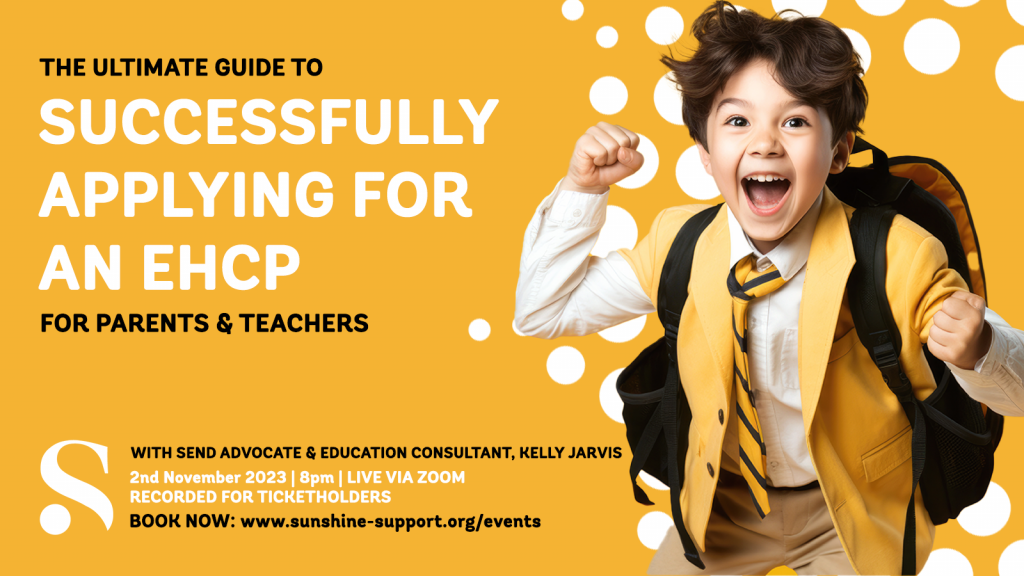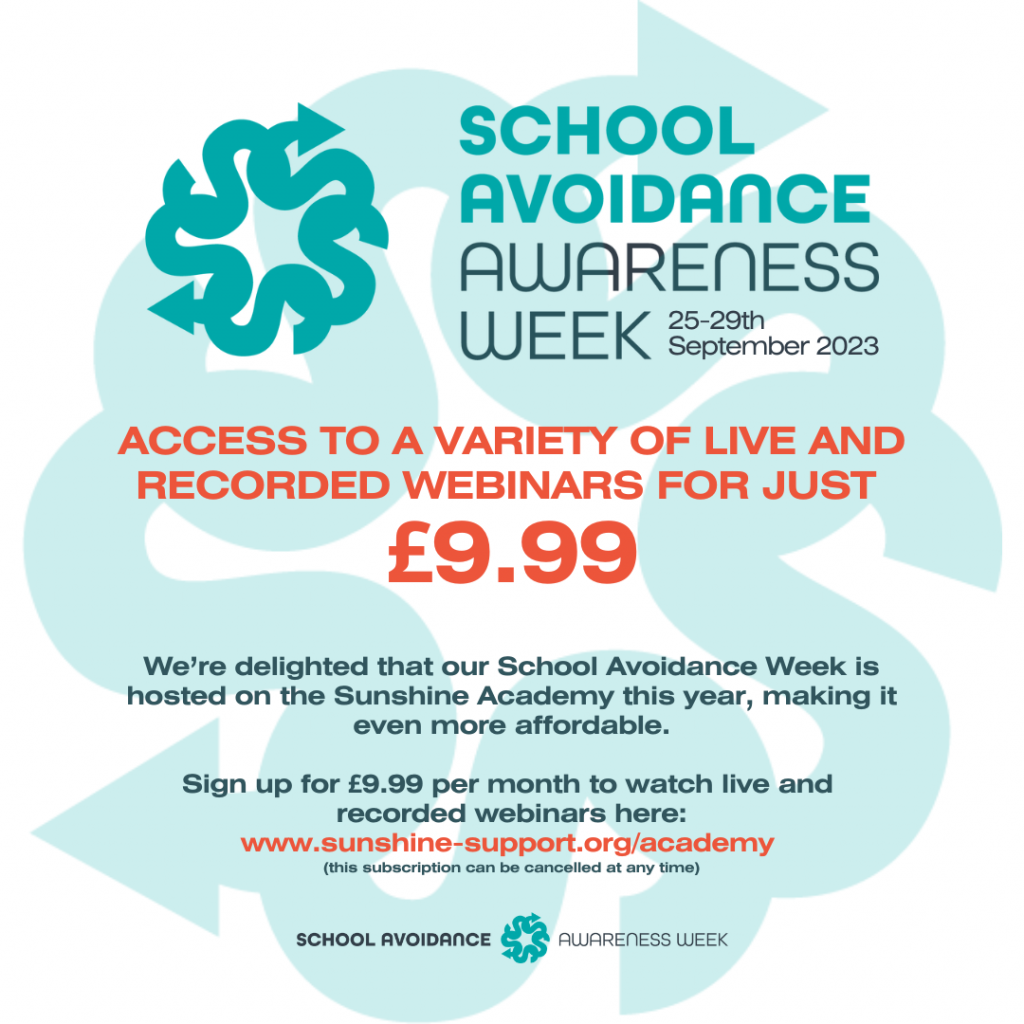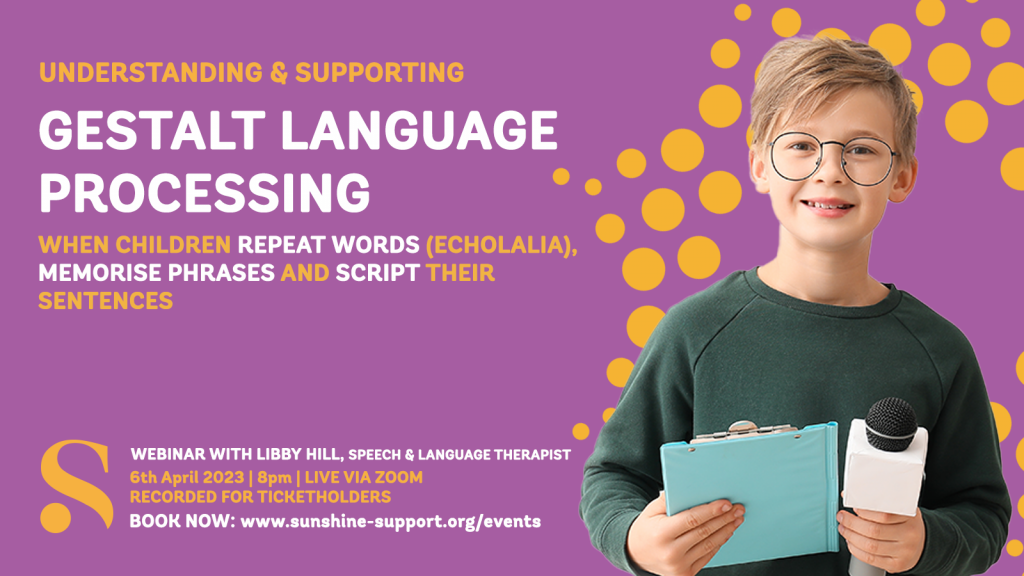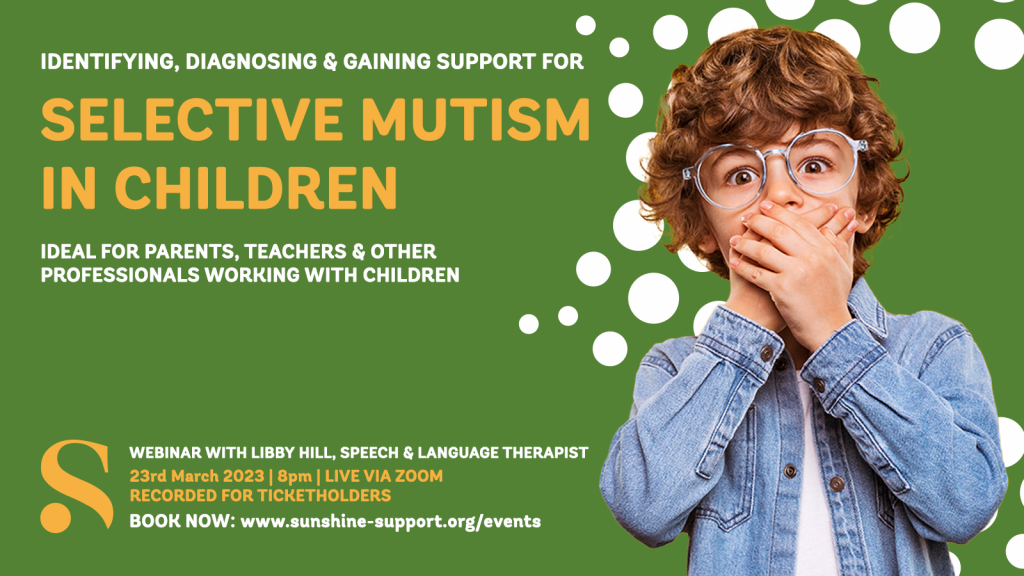
Many of us take for granted our ability to communicate the way we feel. What we have developed is something called ’emotional literacy’ or ’emotional intelligence’.
Why can’t children just say how they feel instead of “playing up”?
First of all we need to understand what “emotional literacy” is. It’s quite self explanatory really, meaning the language we use to express our emotions or how we feel. The reason why it is harder to express our feelings as children is partly due to the fact that we don’t know enough words to describe them yet.
Yes, it is true that we learn the basics in school, happy, sad, dog goes bark, wheels on the bus go round and round etc. However, when it comes to feeling anxious, burnt out or agitated, we just aren’t taught what they are or how it feels to experience them. In addition, many of the strong emotions they feel, they will be feeling for the first time which as we all know is confusing and often distressing.
Emotion will always come out, be it through language or behaviour.
What does it mean to recognise emotion?
Recognising emotion doesn’t just mean to acknowledge when someone is feeling happy or sad but also to be able to interpret the use of facial expression, tone of voice, body language and verbal language.
People give off many different complicated signals, sometimes with purpose and sometimes without meaning to. There are of course many of us who naturally take in all the information and can interpret it and just react accordingly.
However, if you take into account social and cultural pressures, the differences that come with neurodiversity, and the age and the varying rates of development of children, then there are a lot of variables that can alter the ability to recognise emotion.
There is an awful lot of pressure on children already, which is why specialists say it is key to integrate emotional literacy into their education.
Why is it important to recognise emotions?
- Emotion can’t be contained and will be expressed one way or another
- When we understand what we are feeling, we feel more in control of ourselves
- So we can ask for help and support to get our needs met
- It is how we make human connections and communicate through shared experiences
- Expressing our feelings prevents negative and/or intrusive thoughts/repetitive thoughts
- So you can understand others, make a connection between them and yourself
- Studies show that good emotional literacy promotes good mental health and wellbeing

Emotional blindness or ‘Alexithymia’
Defined as “the inability to recognise emotions and their subtleties and textures”, Alexithymia is a common condition or trait that affects approximately 1/10.
It is important to make the distinction between those who have not yet developed good emotional literacy and those with alexithymia who struggle to recognise their own emotions and the emotions of others.
Common features of alexithymia:
- Rigid style of thinking, often with limited imagination
- Trouble understanding body language and non-verbal cues
- Difficulty expressing feelings
- Difficulty understanding/recognising feelings of others
- A tentative connection to others
- Poor understanding of the cause of emotions
From research, the best way to support a child with alexithymia through emotional literacy is to incorporate non-verbal ways to express their feelings. A few examples being, art therapy, music therapy and creative flow.
How and when do we teach children about their feelings?
Although so many of us have become so much more enlightened now, it was not long ago that we lived in a culture of ‘children should be seen and not heard’. Perhaps that culture caused the trauma is so many of us which is what led us to explore and promote the concept of emotional literacy.
Most child psychologists agree that is it easier for children to learn whilst they’re still young. Quite simply is it what they are programmed to do. So, according to that it only makes sense to incorporate emotional literacy into their education and day-to-day lives whilst they are young.
However, it is crucial to take into account that every child develops at a different rate and pressuring a child to verbally express how they feel is actually taking a step in the wrong direction. Some may want to communicate how they feel through art or music which most would agree, should only be encouraged.







